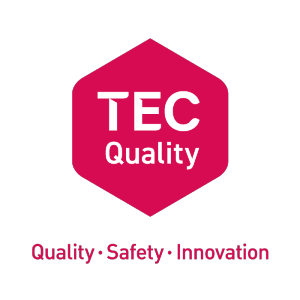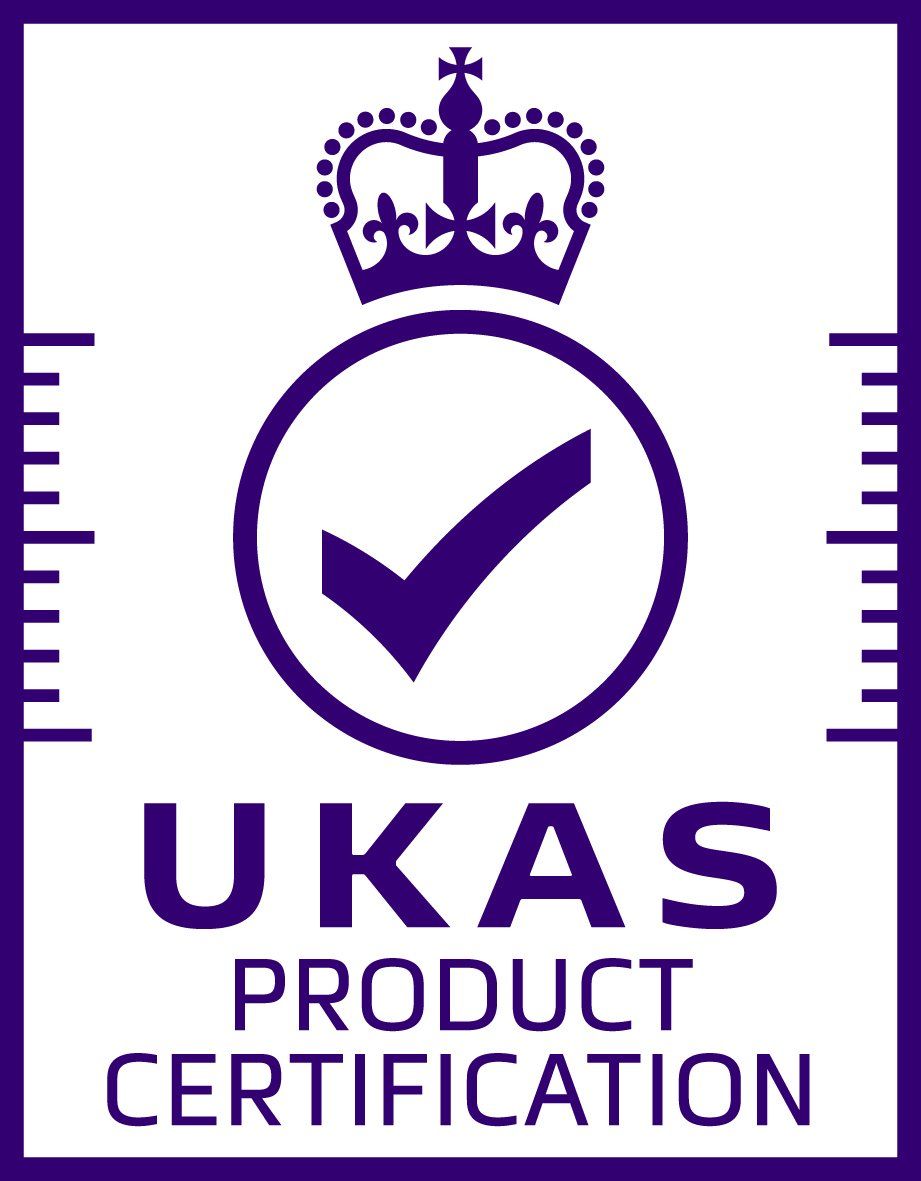Continuous Improvement & Innovation
Standards module
v3.2
Continuous improvement and innovation in Technology Enabled Care (TEC) Services should not just be about the technology: the way in which services are designed and delivered is of equal importance.
There are many theoretical frameworks to support the ‘science of improvement’ as well as tools for setting goals and planning, implementing and measuring change. At its most simple, however, improvement is about always trying do things better: making sure that every activity is targeted at delivering excellent, rather than adequate TEC.
Across health and care, there has been a long-standing tension between being innovative and being evidence-based. Does this mean nothing should ever be tried for the first time? Absolutely not, those working within TEC need to be brave, they need to experiment and they need a willingness to fail. As long as the way outcomes are designed, measured and monitored - then the step change required to meet the challenges ahead just might be achieved.
Key outcomes
- Customers, service users and carers will be involved in evaluating and improving services – this will ensure that activities are always focused on their best interests
- Those delivering services will continually challenge the ‘status quo’, in order to seek opportunities to provide better services.
- Providers shall adopt a forward-thinking approach and look for solutions rather than creating barriers to developing new initiatives and improving services.
Audit process
The Audit Process will seek robust evidence that the key outcomes have been met.
As a minimum, TEC Quality certified organisations must:
- Demonstrate that a culture of continuous improvement and innovation are supported by organisational leadership structures and provide evidence that some improvement activity has been undertaken since the organisation’s last TEC Quality audit.
- Provide evidence that some improvement activity has been undertaken since the organisation’s last TEC Quality audit.
- Provide examples where stakeholder feedback has directly influenced service delivery.
- Provide evidence that audit/review activity, separate from the QSF audit has been undertaken and that any identified areas for improvement have been actioned. Note: This may include internal audits, a Management Review, or other forms of external audit.
- Demonstrate that plans are in place to prepare for the analogue to digital migration in 2025. Note: The Commissioner guide provides information on how this can be achieved
Evidence might include
- Organisational Vision and Values
- Audit and Quality Monitoring Policy
- Clinical Governance Strategy
- Business Plan
- Improvement Plan
- Innovation Strategy
- Incident / Complaint Monitoring
- Innovation Roadmap
- Appraisal Process
- Lessons Learnt briefings
- Examples of Audit
- Case studies
“Far from being the traditional red tape and stifling bureaucracy that many experience, good quality performance and contract management approaches can be both the foundation to showing how well we are achieving our objectives and delivering outcomes and an enormously liberating force. The former is the evidence of our joint achievement and the latter how meaningful partnerships can deliver better care outcomes.”
Mark Allen, Strategic Commissioning Manager, Hampshire County Council


